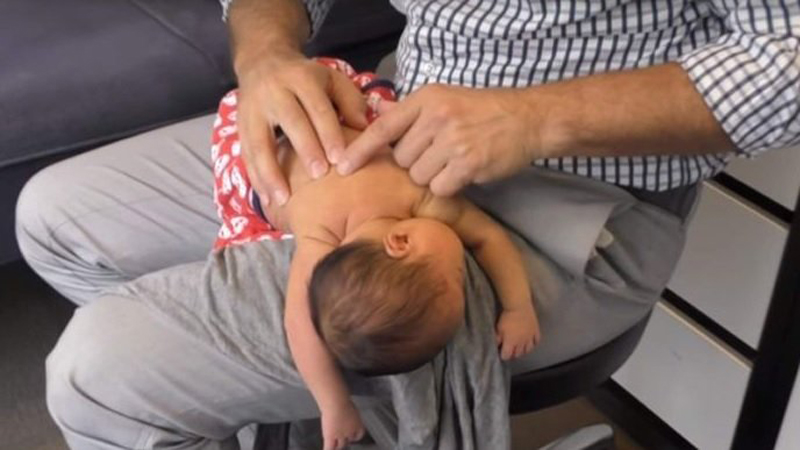Results of a National Survey and Examination of Mapping the Health Care Policy Landscape for Complementary and Alternative Medicine Professions Using Expert Panels and Literature Analysis
SOURCE: J Manipulative Physiol Ther. 2016 (Aug 14) [Epub]
Patricia M. Herman, ND, PhD, Ian D. Coulter, PhD
RAND Health,
Santa Monica, CA.
pherman@rand.org
OBJECTIVES: The purpose of this project was to examine the policy implications of politically defining complementary and alternative medicine (CAM) professions by their treatment modalities rather than by their full professional scope.
METHODS: This study used a 2-stage exploratory grounded approach. In stage 1, we identified how CAM is represented (if considered as professions vs modalities) across a purposely sampled diverse set of policy topic domains using exemplars to describe and summarize each. In stage 2 we convened 2 stakeholder panels (12 CAM practitioners and 9 health policymaker representatives), and using the results of stage 1 as a starting point and framing mechanism, we engaged panelists in a discussion of how they each see the dichotomy and its impacts. Our discussion focused on 4 licensed CAM professions: acupuncture and Oriental medicine, chiropractic, naturopathic medicine, and massage.
RESULTS: Workforce policies affected where and how members of CAM professions could practice. Licensure affected whether a CAM profession was recognized in a state and which modalities were allowed. Complementary and alternative medicine research examined the effectiveness of procedures and modalities and only rarely the effectiveness of care from a particular profession. Treatment guidelines are based on research and also focus on procedures and modalities. Health plan reimbursement policies address which professions are covered and for which procedures/modalities and conditions.
There are more articles like this @ our:
CONCLUSIONS: The policy landscape related to CAM professions and modalities is broad, complex, and interrelated. Although health plan reimbursement tends to receive the majority of attention when CAM health care policy is discussed, it is clear, given the results of our study, that coverage policies cannot be addressed in isolation and that a wide range of stakeholders and social institutions will need to be involved.
KEYWORDS: Clinical Practice Guideline; Complementary Therapies; Health Policy; Health Services Research; Health Workforce; Insurance Coverage; Integrative Medicine; Licensure; Professional Practice; Research Support
From the FULL TEXT Article:
Introduction:
One generally recognized characteristic of complementary and alternative medicine (CAM) is holism, which is a focus on treating the whole person. [1, 2] Complementary and alternative medicine practitioners use a wide range of techniques embedded within various broad healing paradigms to provide treatment. However, despite this broad approach and holistic goal, CAM is often addressed in policy and research as individual procedures (ie, modalities or treatments). In sociology, this dichotomy is one of CAM practitioners as members of professions vs members of skilled occupations, with professions having broader authority and autonomy because of a systematic body of theory that goes beyond skills. [3]
Each CAM profession has at least 1 signature modality — for example, spinal manipulation for chiropractors, acupuncture for practitioners of Oriental medicine, or herbal medicine for naturopathic doctors. However, these modalities are delivered within a patient encounter that includes much more; for example, they may include patient education (eg, on stress reduction, lifestyle improvements), monitoring of general health indicators, a trusting patient–practitioner relationship, and a range of wellness interventions such as exercise programs, nutrition counseling, weight management, and preventive care. In addition, the training in some of the CAM professions includes diagnosis, appropriate referral, and other traits of primary medical care. These also involve the provision of services (eg, laboratory diagnostics, imaging, physical examinations, patient counseling) beyond the signature modality.
Read the rest of this Full Text article now!




Leave A Comment